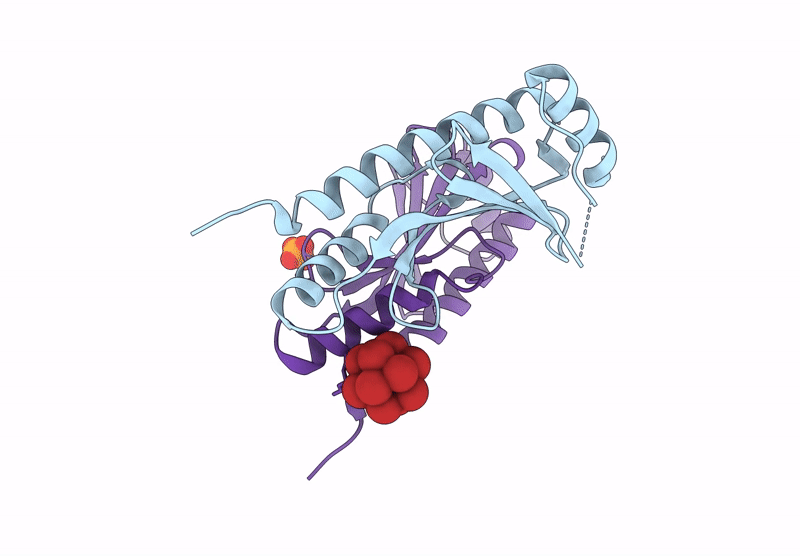
Deposition Date
2025-05-13
Release Date
2025-06-25
Last Version Date
2025-07-02
Entry Detail
PDB ID:
9UWZ
Keywords:
Title:
Crystal structure of the type III secretion chaperone VecA from Vibrio parahaemolyticus
Biological Source:
Source Organism:
Vibrio parahaemolyticus (Taxon ID: 670)
Host Organism:
Method Details:
Experimental Method:
Resolution:
2.20 Å
R-Value Free:
0.29
R-Value Work:
0.23
R-Value Observed:
0.24
Space Group:
P 41 21 2


